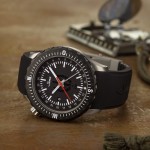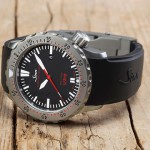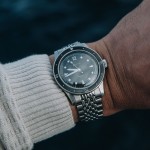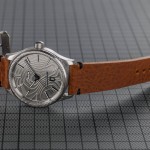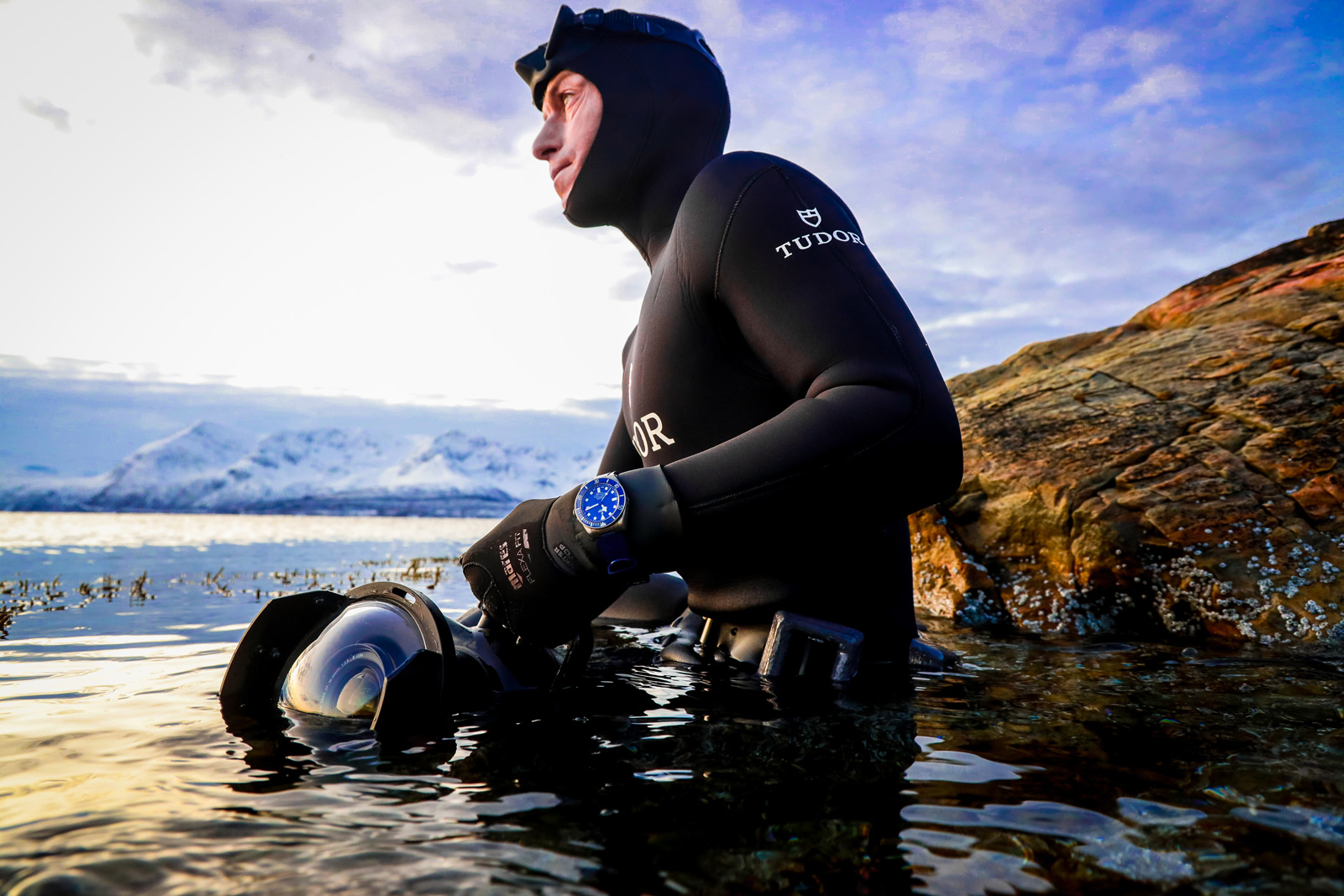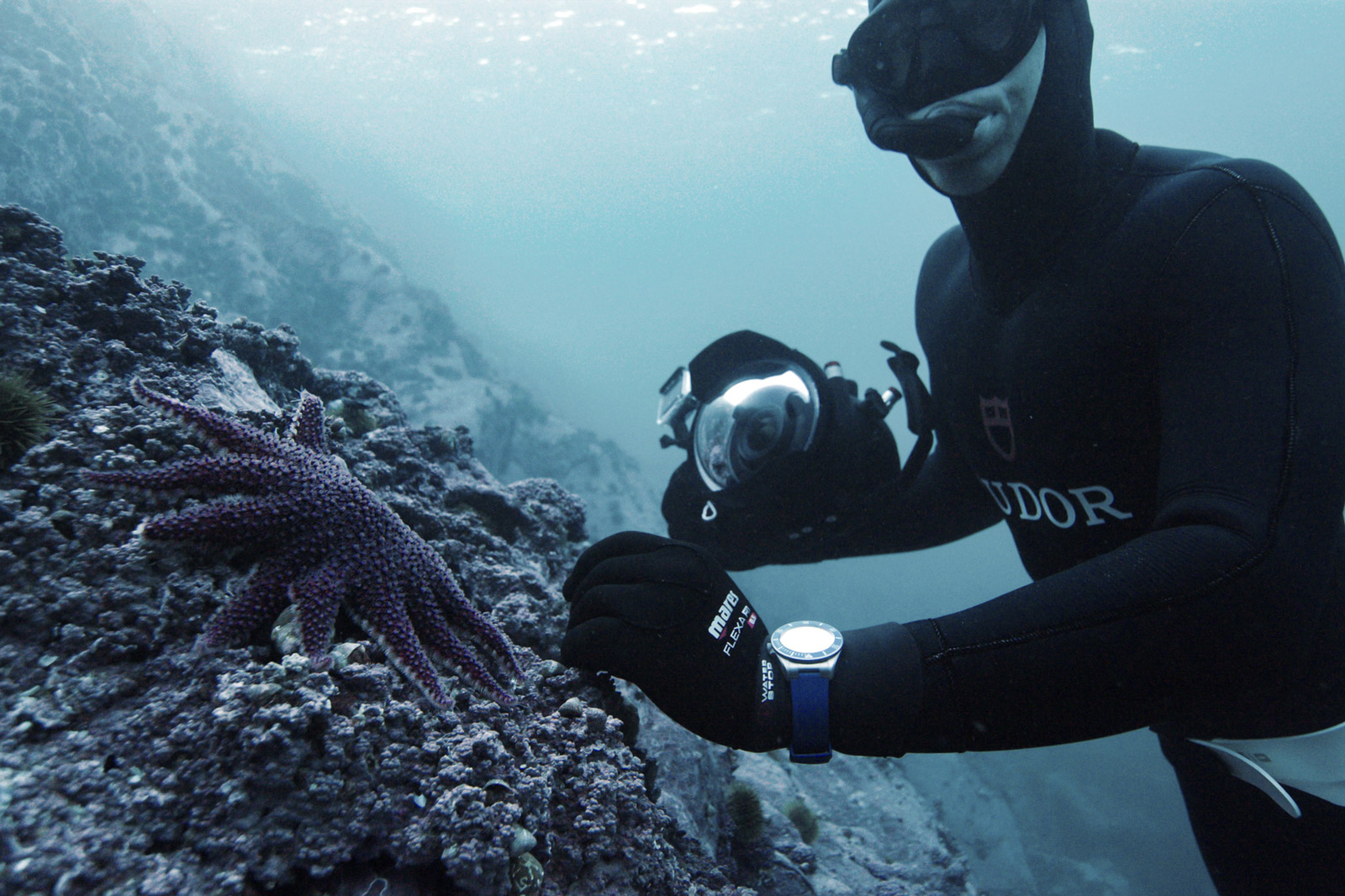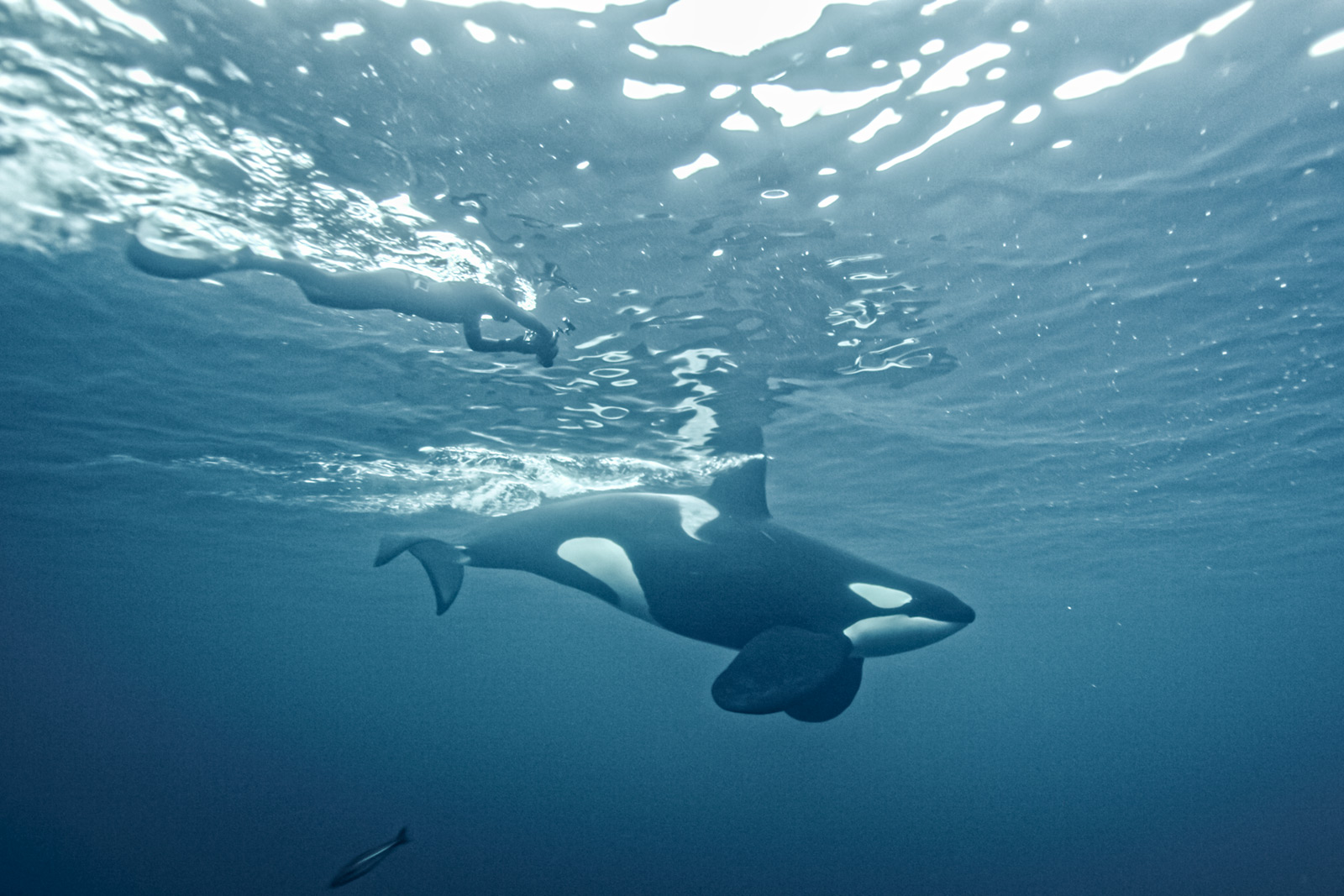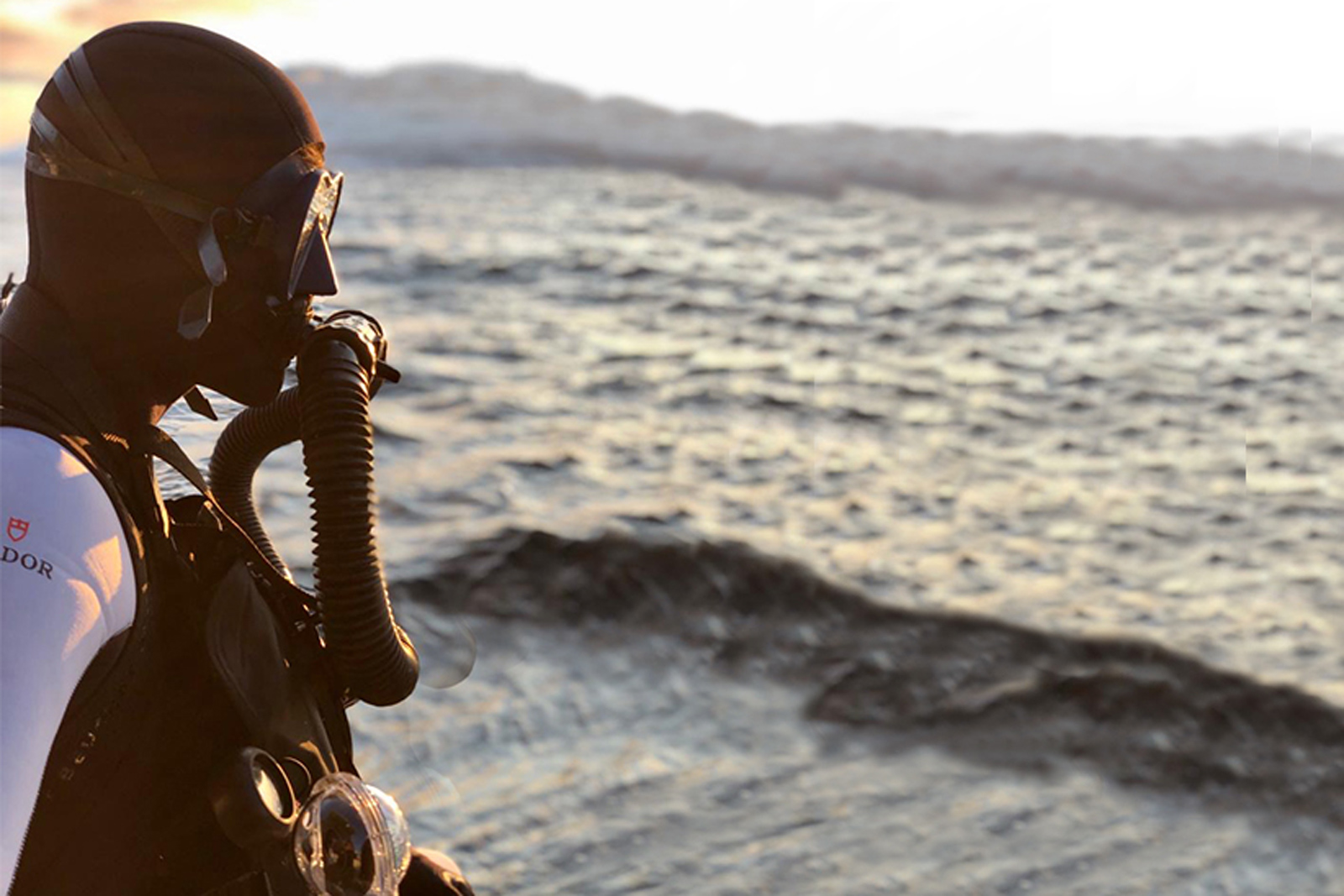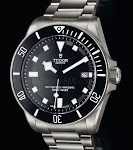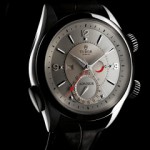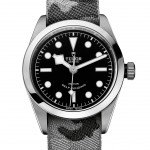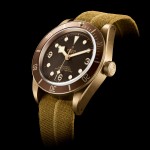Sinn’s Submarine-Steel Dive Watch Gets a Patina Dial
A twist on the beloved U1.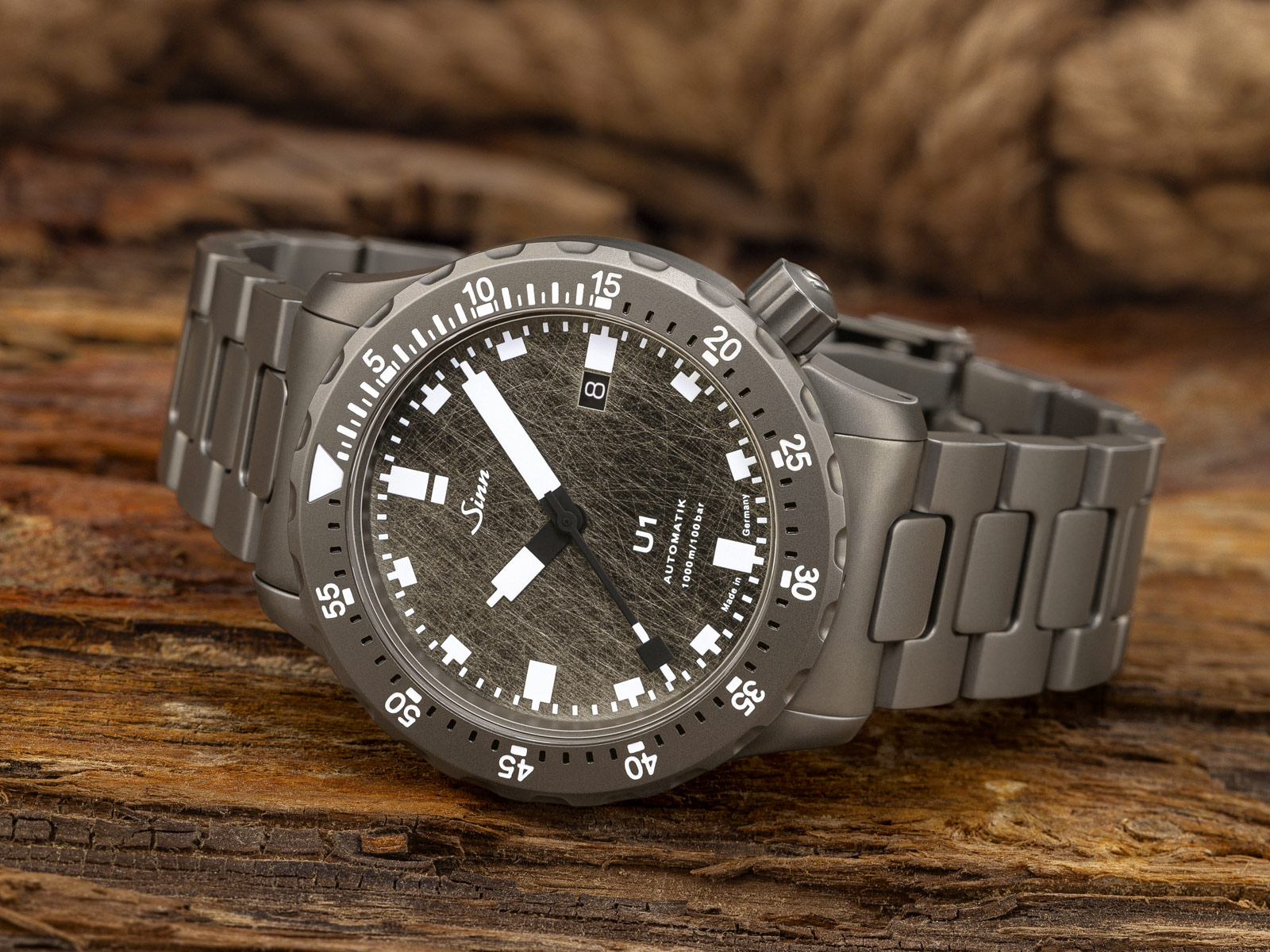
Known for its utilitarian “tool” watches, Sinn’s latest is a variation on its bestselling dive watch. The U1 DS is a limited-edition rendition of the brand’s dive watch that’s best known for having a case made from the same steel alloy as German navy submarines.
Limited to 500 pieces, the U1 DS features a dial that has been lapped to achieve a seemingly worn-out finish, whilst retaining the famed robustness that characterises the U1. The combination is a juxtaposition of an aged dial and a case that will likely never show any wear.
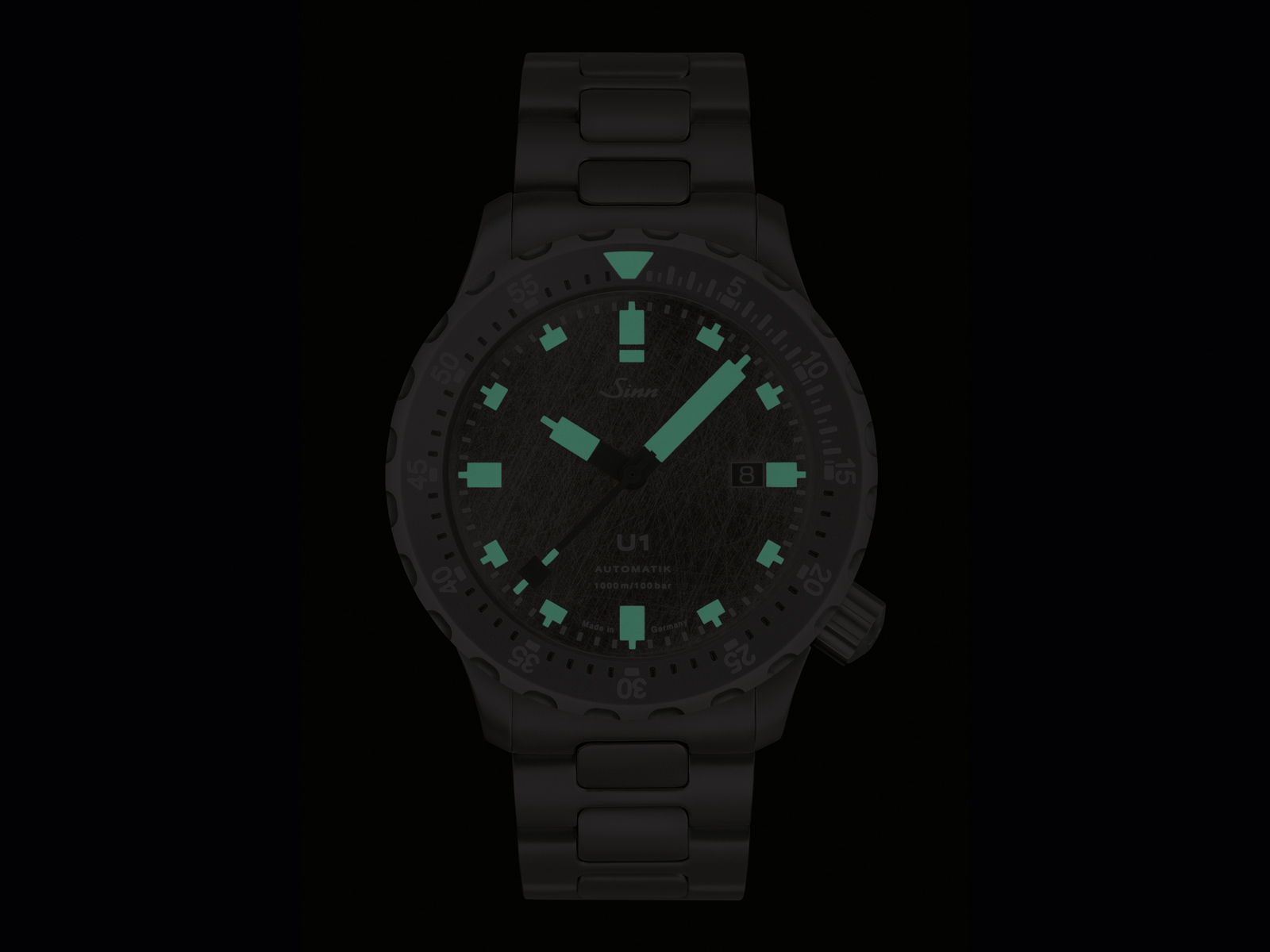
Initial thoughts
The U1 DS is a clear winner in my books. The dial’s battle-scarred look suits the submarine-inspired genesis of the U1, which has long had a military feel, despite not being a military-issue watch (though Sinn did made a special edition for a special-forces unit of the German military).
Despite the new finish, the U1 retains its trademark legibility. The randomly-scratched texture does not detract from readability or the distinctive U1 dial design. Its signature block-shaped hands and hour markers remain prominent.
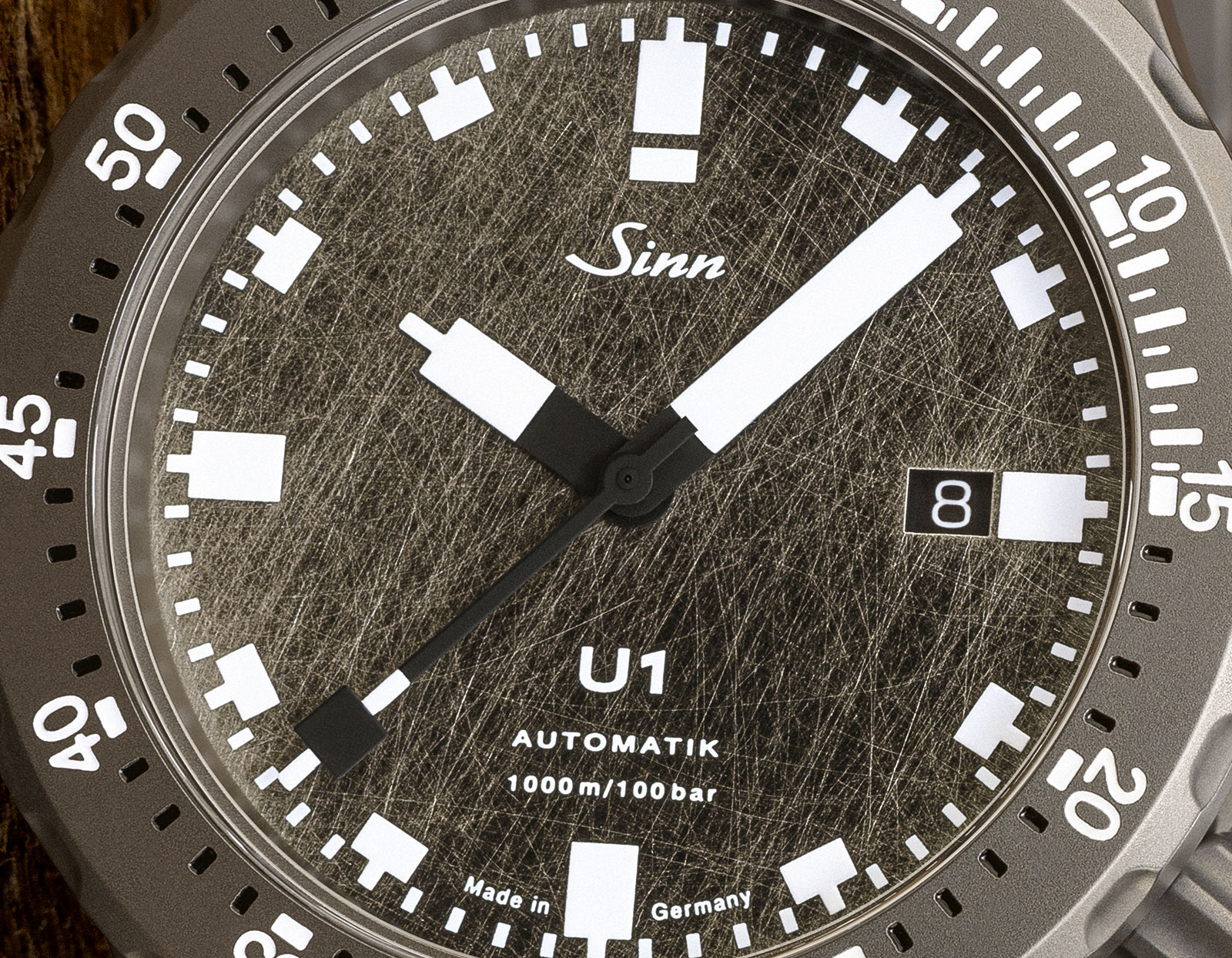
Though it’s an uncommon look, Sinn has been using this randomly-textured finish frequently of late. The finish was first used in 2019 on the 356 Fliegerchronograph for Singapore retailer The Hour Glass, and then last year on the EZM3.F.V. that was only sold in Japan. The patina finish remains rare, but not quite as rare as it seems to be.
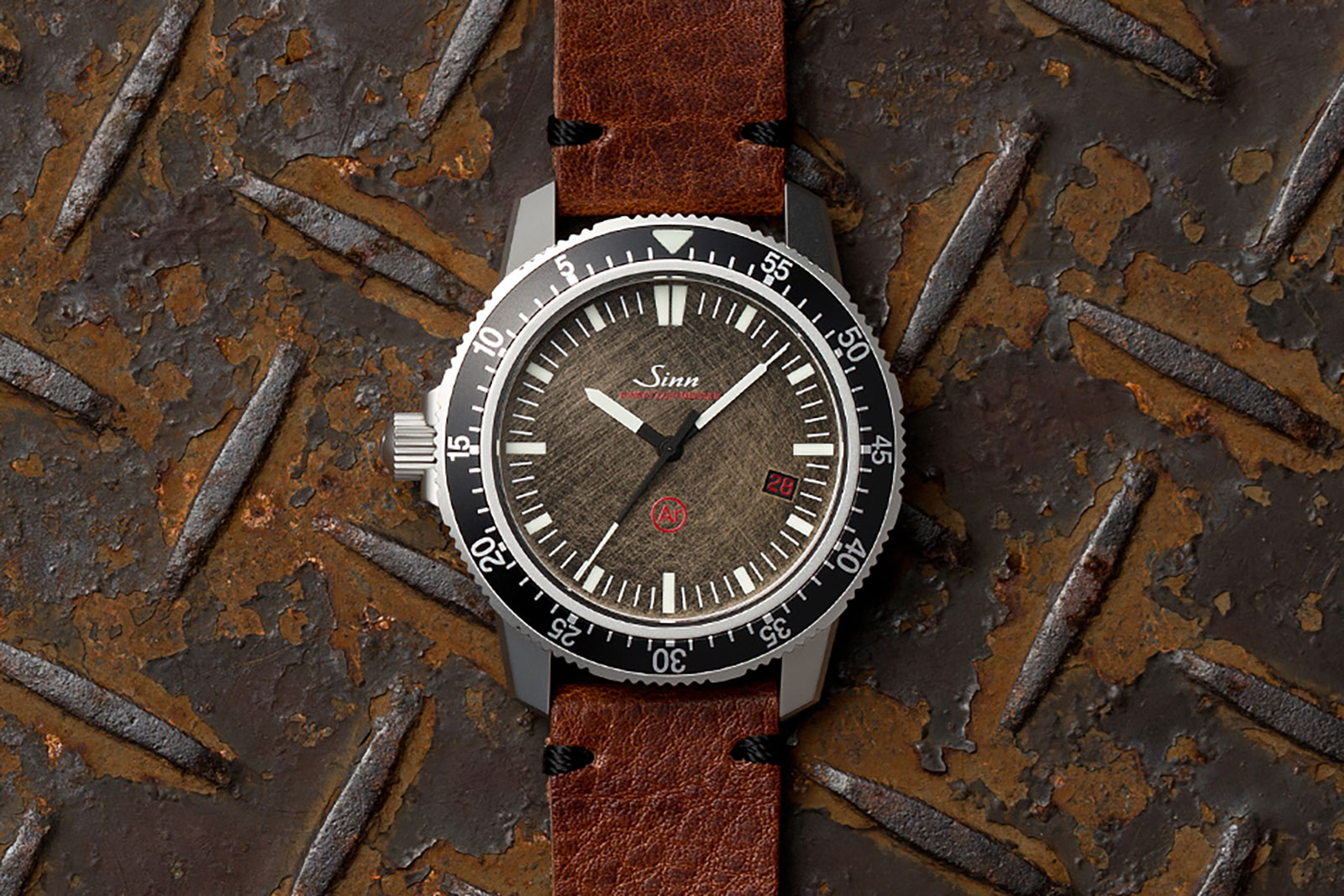
The Japan-only EZM3.F.V.
Despite being a limited edition, the U1 DS costs only 10% over the standard U1, a reasonable increase considering the limited run and intriguingly textured dial. The most expensive variant, which has a steel bracelet, costs €2,500, making it a strong value proposition as is often the case with Sinn.
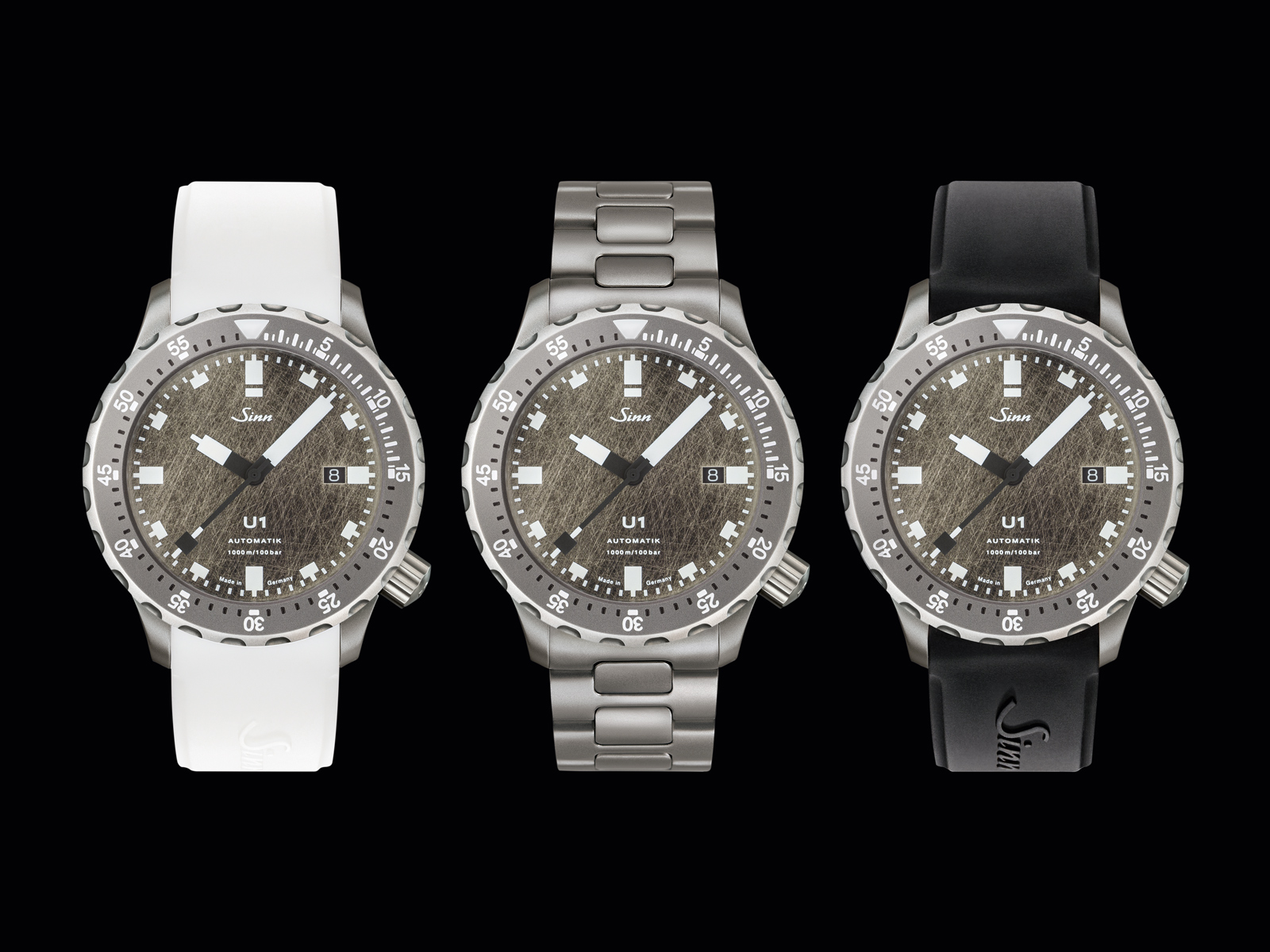
Hardened U-boat steel
Dial aside, the rest of the U1 DS is identical to the stock U1. That means an exceptionally solid case that’s 44 mm – which seems large on paper – but wears smaller than expected due to the short lugs.
Like the standard model, the case and crown of the U1 DS are made of a steel alloy used to fabricate the hulls of German navy submarines, also known as Unterseeboot or U-boat. Compared to ordinary steel, the alloy has increased anti-magnetic and corrosion-resistant properties, while also being stronger and more dense.
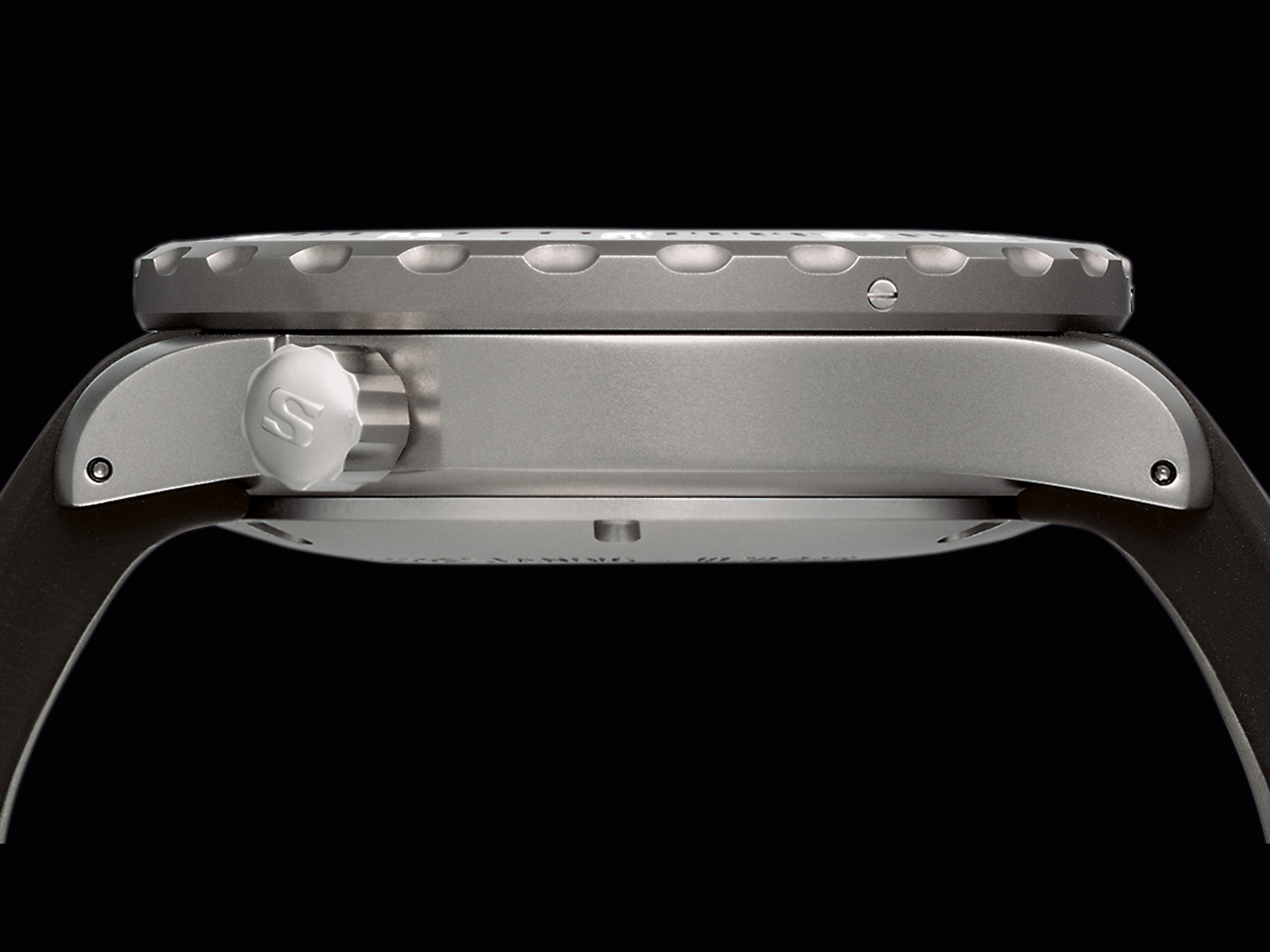
The U1 DS is further enhanced by Sinn’s proprietary surface hardening. Both the case and bezel have been treated with Tegiment, a process that hardens the topmost layer of the metal, significantly improving its scratch resistance – making for an incredibly hard-wearing watch.
And like the rest of the U1 models, the U1 DS is a bona fide dive watch, having been certified by DNV, a German-Norwegian industrial testing and certification body, to be truly water-resistant to 1000 m according upon European diving equipment standards (EN250 and EN14143).
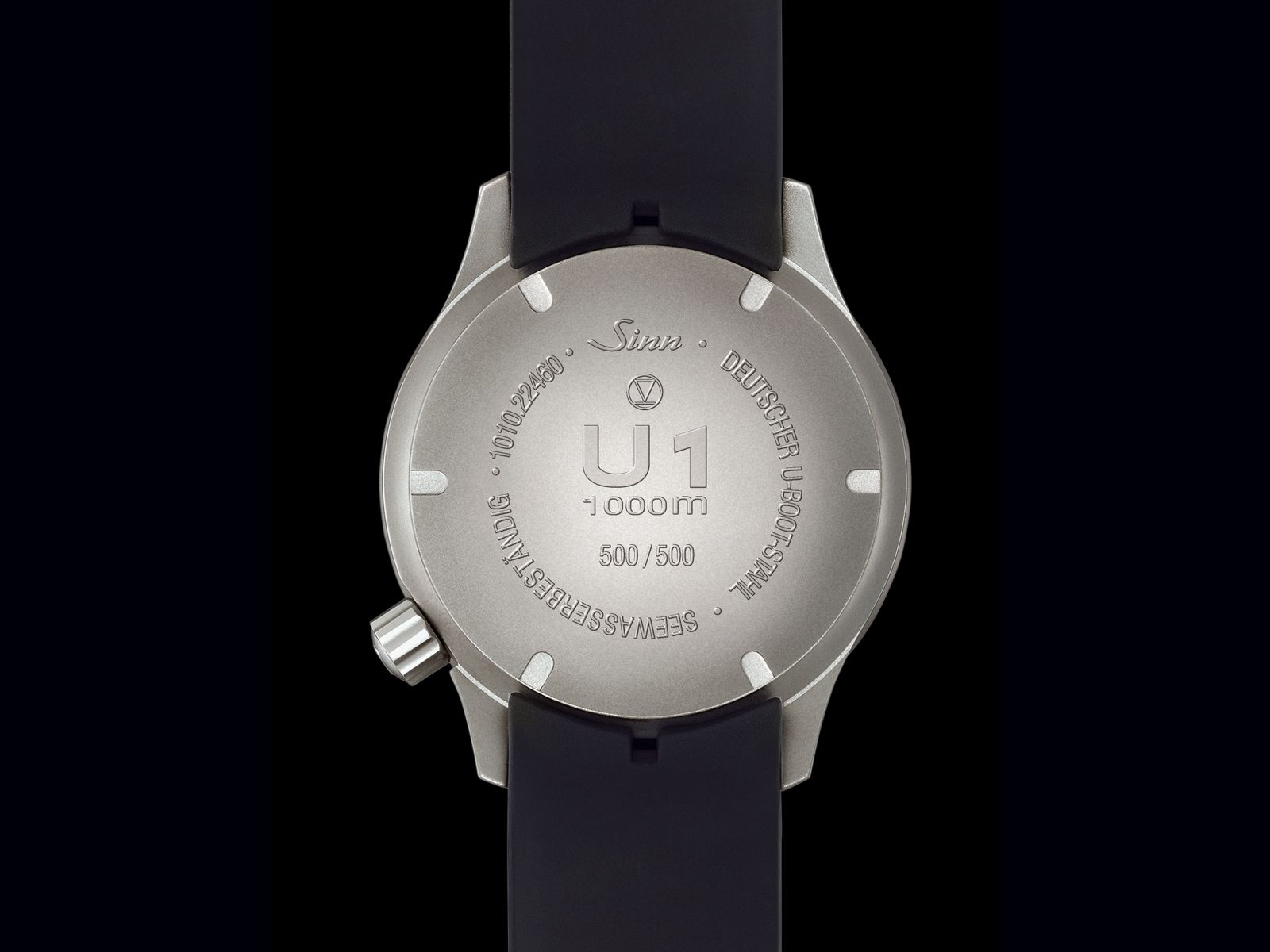
Inside is an automatic Sellita SW-200. Essentially a clone of the workhorse ETA 2824-2, the SW200-1 is equally dependable and easy to service, but like the ETA 2824, it has a shorter than average power reserve of 38 hours.
Key facts and price
Sinn U1 DS
Ref. 1010.0351
Diameter: 44 mm
Height: 14.7 mm
Material: Submarine steel
Water resistance: 1,000 m
Movement: Sellita SW200-1
Functions: Hours, minutes, seconds, and date
Winding: Automatic
Frequency: 28,800 beats per hour (4 Hz)
Power reserve: 38 hours
Strap: Leather strap, rubber strap or steel bracelet
Limited edition: 500 pieces
Availability: At Sinn retailers
Price:
€2,200; or 4040 Singapore dollars (leather strap)
€2,470; or 4540 Singapore dollars (rubber strap)
€2,500; or 4760 Singapore dollars (metal bracelet)
Prices include local taxes
For more, visit Sinn.de.
Back to top.

